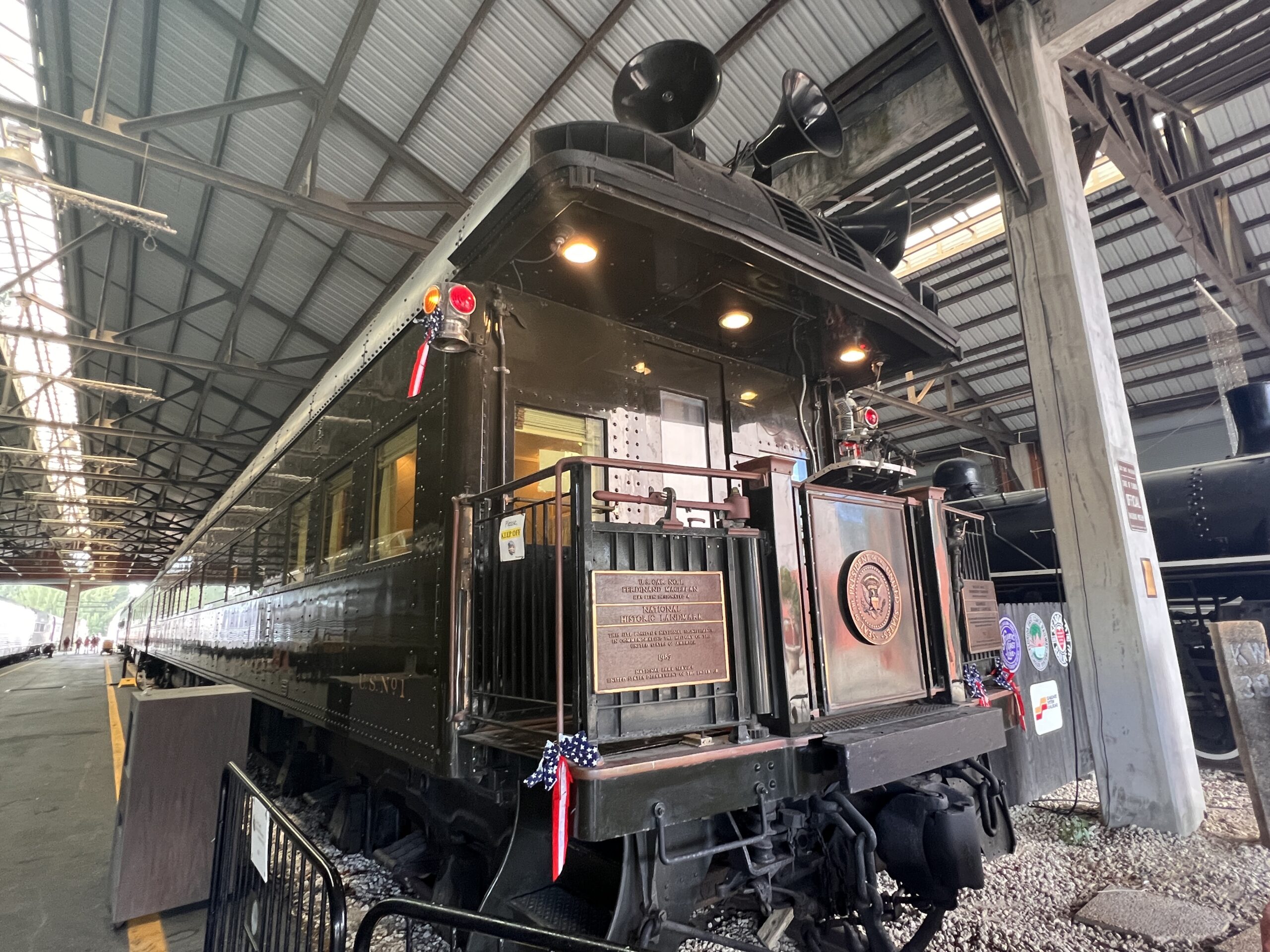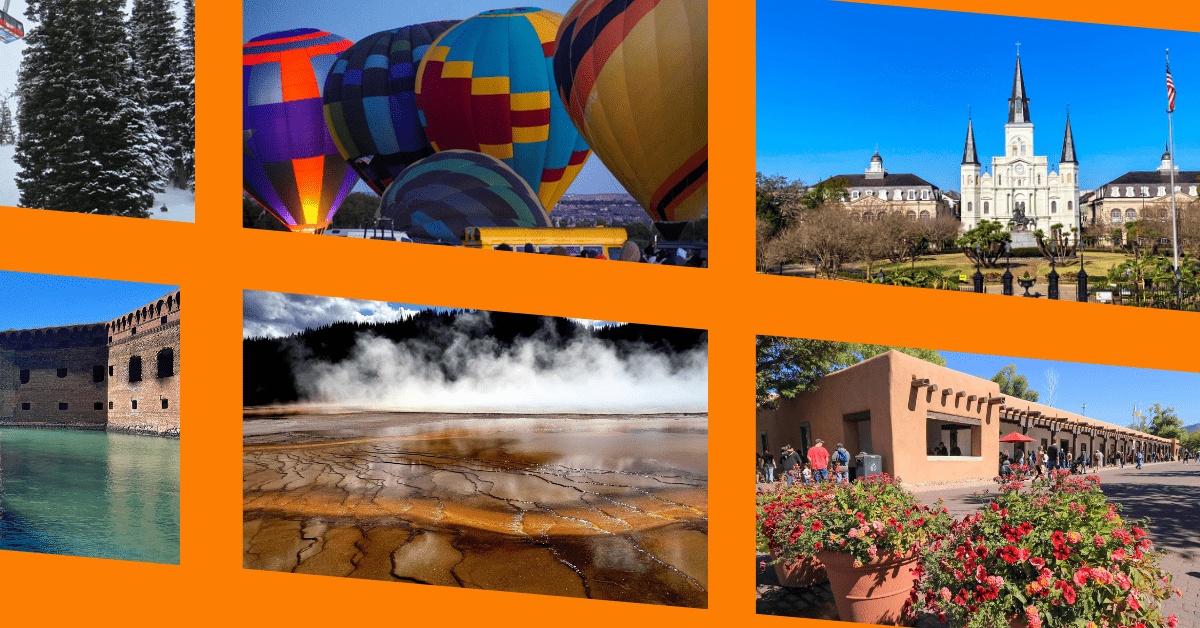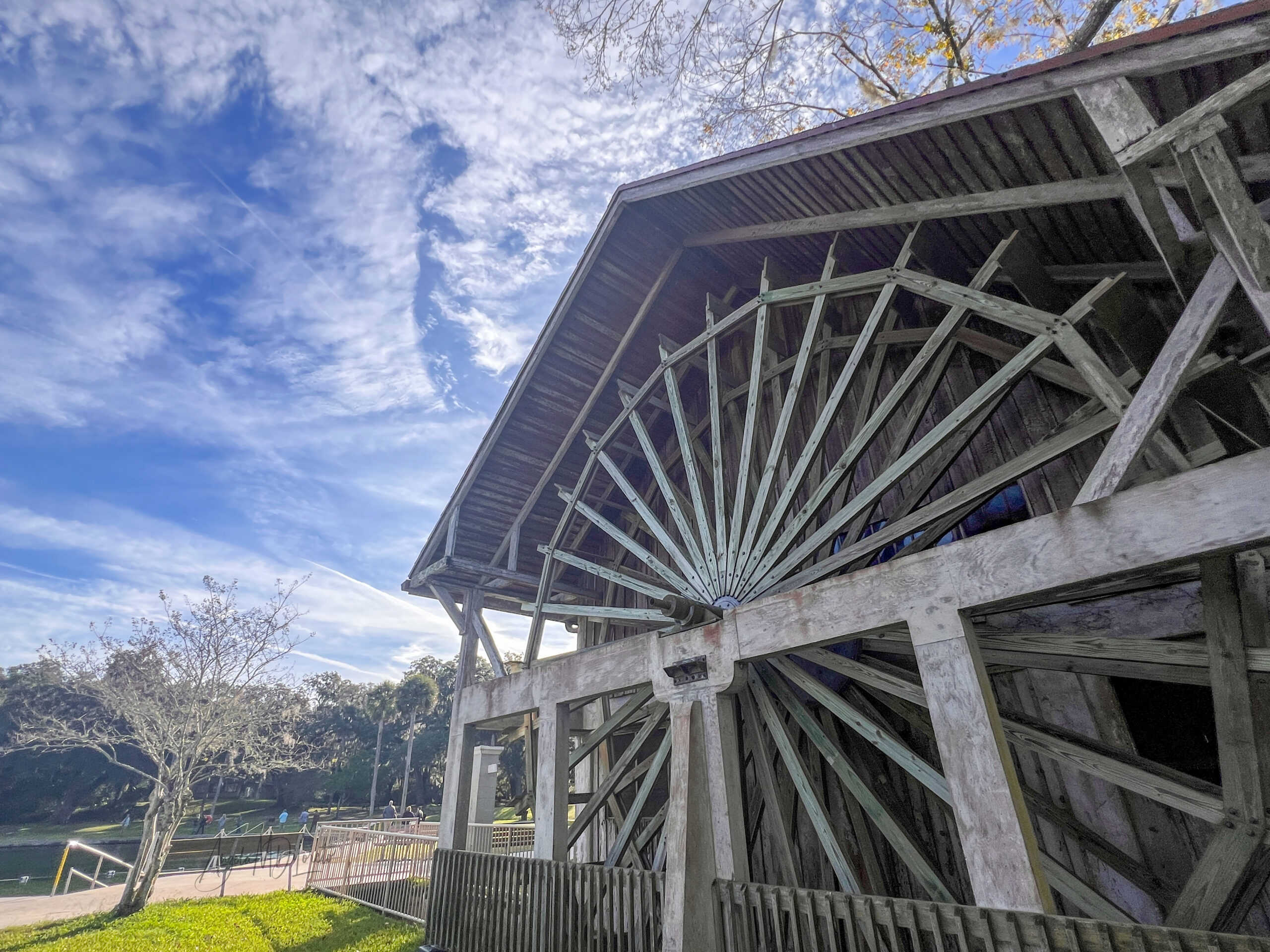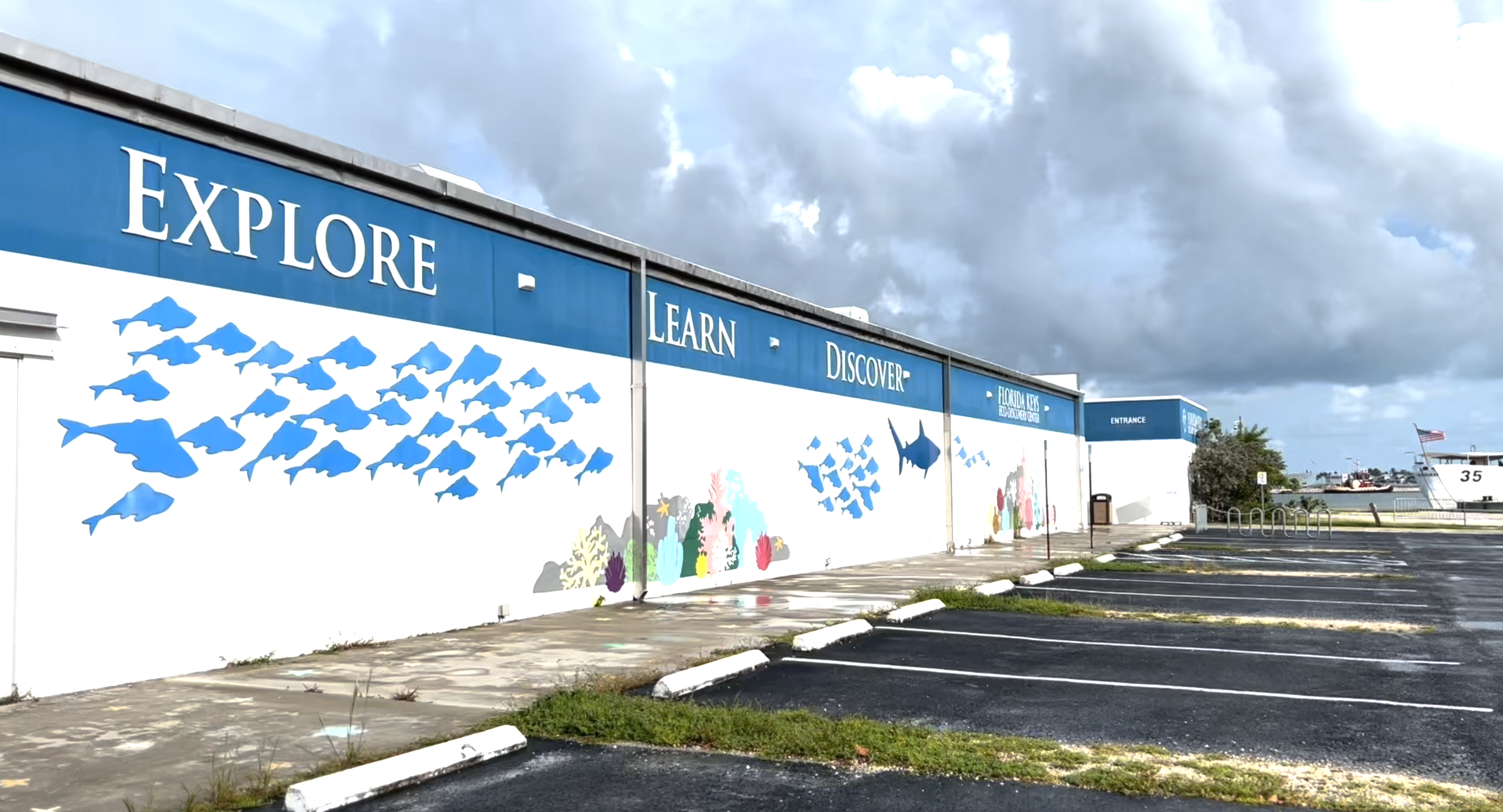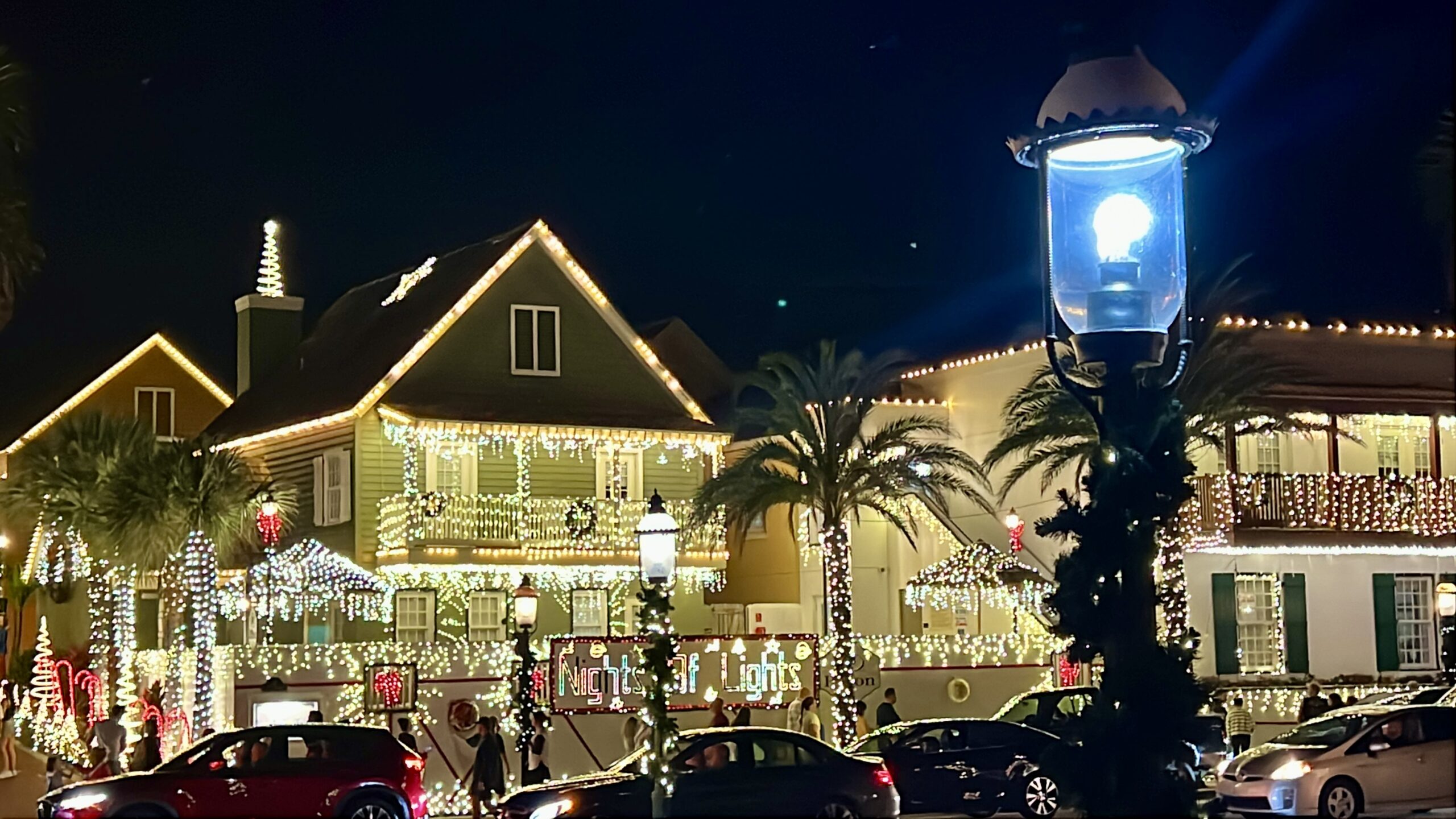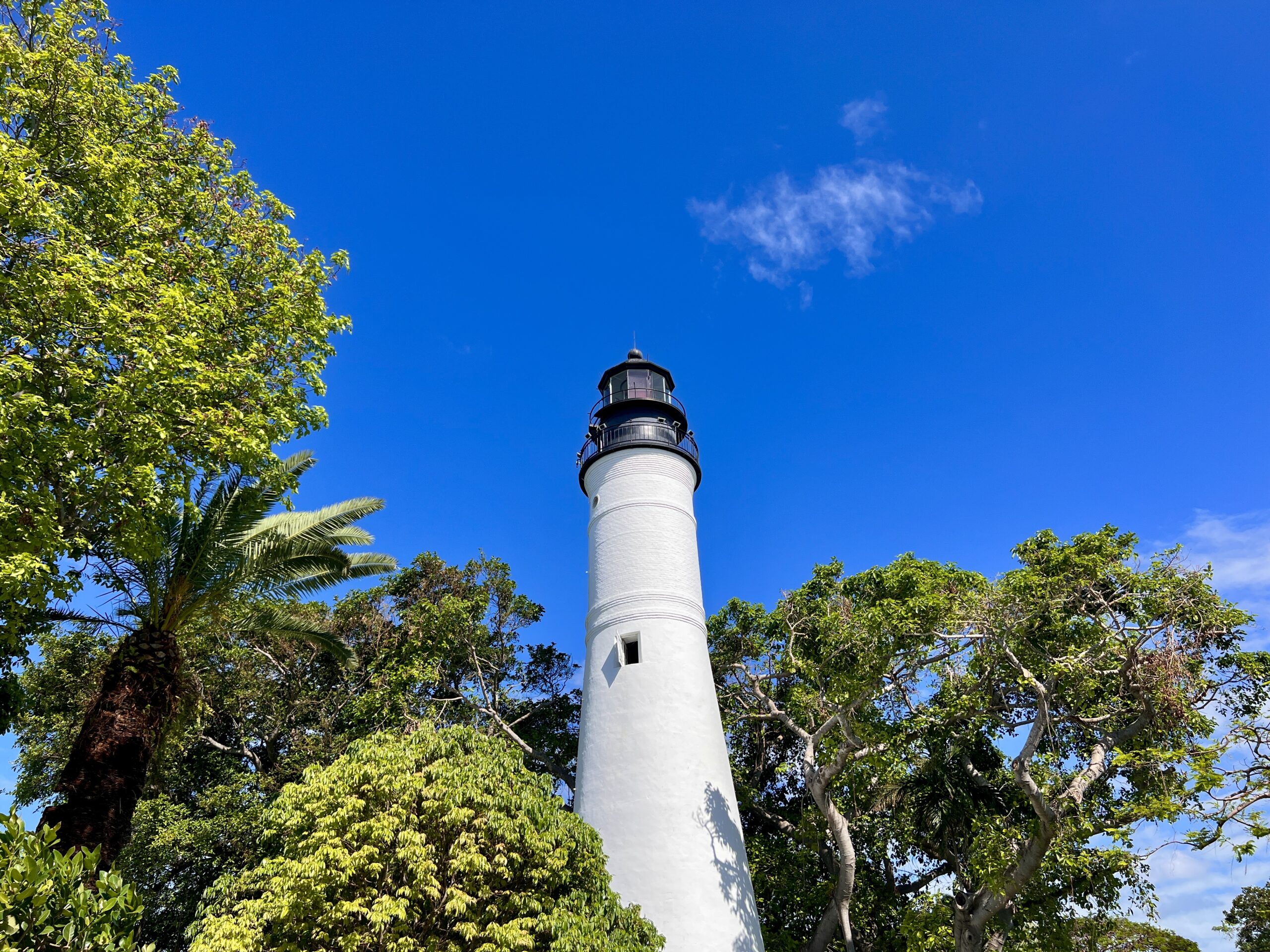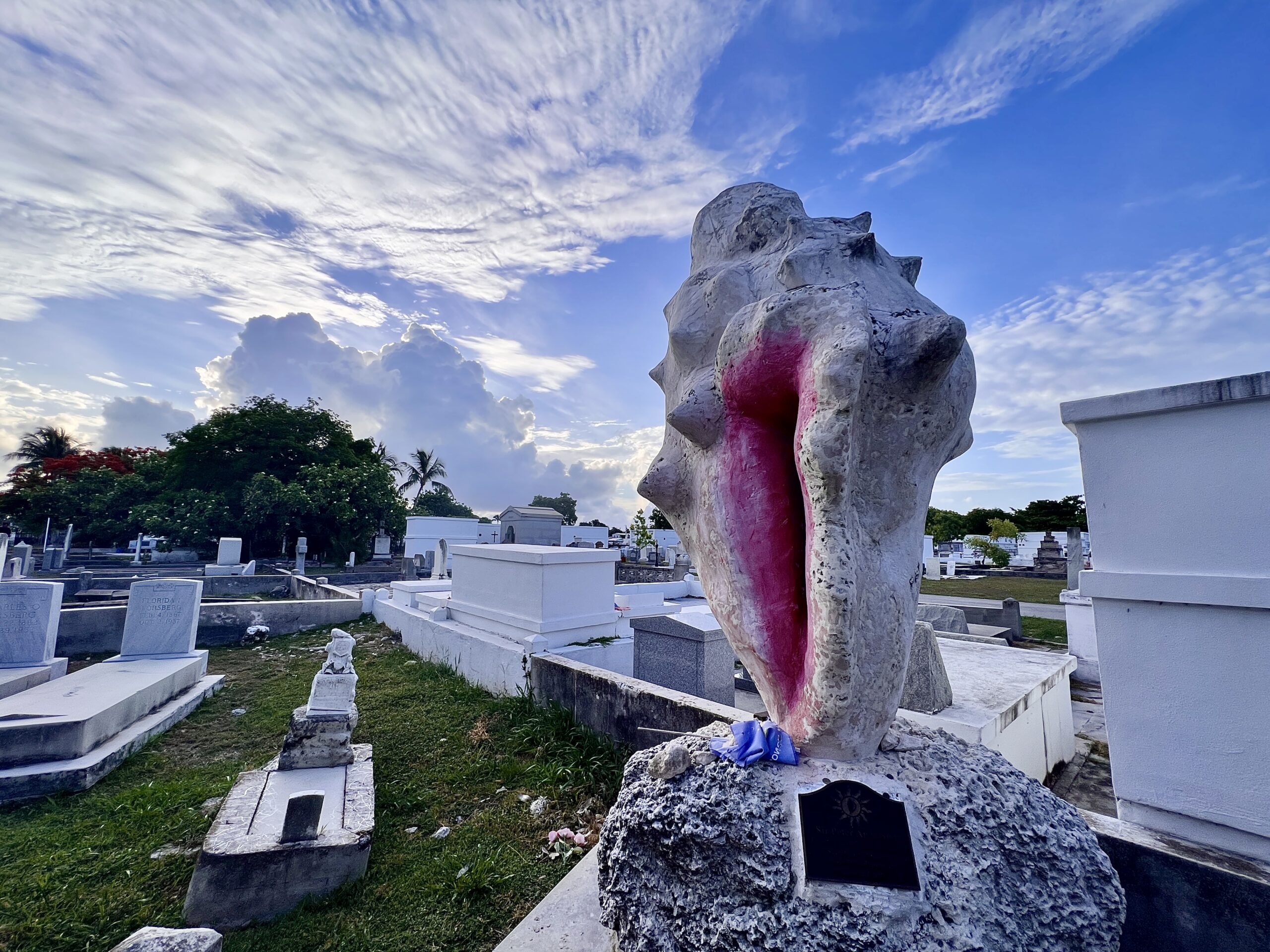The Gold Coast Railroad Museum in Miami, Florida, is home to a collection of over 40 historic railcars, including the Ferdinand Magellan Presidential Railcar, also known as U.S. Car No. 1. Once considered the epitome of luxury, the car was used by Presidents Franklin D. Roosevelt, Harry S. Truman, Dwight D. Eisenhower, and Ronald Reagan. Visitors can take a tour of the car and see the opulent accommodations that these presidents enjoyed while traveling by train.
Disclosure: Some links on our site are affiliate links. If you purchase a linked item, we will make a commission, at no extra charge to you.
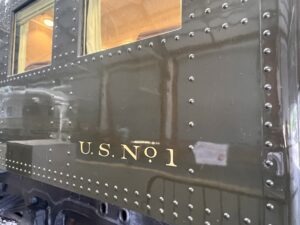
In addition to the Presidential Railcar, the museum also has a variety of other interesting railcars on display, including:
- A Pullman sleeping car from the early 1900s
- A baggage car that was used to transport mail and express packages
- A dining car where passengers could enjoy delicious meals while traveling
- A caboose, which was the last car on the train and served as the conductor’s office
The museum also has a number of interactive exhibits, where visitors can learn about the history of railroading, how trains work, and the different types of trains that have been used over the years.
The Gold Coast Railroad Museum is a great place to visit for people of all ages. History lovers will enjoy the guided tour through U.S. Car No. 1, and railroad-loving children will enjoy climbing in and out of the other cars.
Table of Contents
The Ferdinand Magellan
The Ferdinand Magellan (Portuguese explorer and mastermind of the first circumnavigation of the world), or US Car No. 1, one of six railcars named after famous explorers, was built in 1929 by the Pullman Company. The other five are the David Livingstone (Scottish explorer obsessed with finding the sources of the Nile River). Henry Stanley (Welsh explorer who found a lost David Livingstone and searched for the sources of both the Nile and Congo Rivers). The Marco Polo (Italian explorer who traveled through Asia along the Silk Road). Robert Peary (American explorer and Naval Officer who led the expedition that claimed to be the first to reach the geographic North Pole). And the Roald Amundsen (Norwegian explorer who led the first expedition to the South Pole).
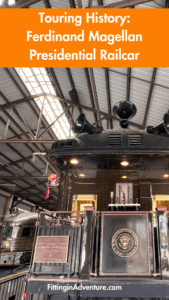
After the United States entered World War II, Secret Service agent Mike Reilly and Press Secretary Stephen Early suggested President Franklin Roosevelt should have a specially equipped armored car instead of the standard railcar supplied by the Pullman Company. When Ferdinand Magellan was selected, the Pullman Company rebuilt the car specifically for this purpose. Once completed, the car became the first passenger railcar built for a President since the War Department had a special car built for President Abraham Lincoln.
As part of the refurbishment, the original six bedrooms were reduced to four and the dining room and observation lounge were enlarged. Two of the bedrooms served as a suite for the President and First Lady with a fully equipped bathroom (with bathtub) between them. The front of the car held quarters for two stewards, a pantry, a galley, storage, ice bunkers, and mechanical equipment. With ⅝-inch armor covering the top, bottom, and sides and 3-inch thick bullet-resistant sealed windows, the car became very secure. But also very hot. Air conditioning was provided by blowing air over pipes carrying the meltwater from the ice.
A few other modifications were bank vault-style doors at the rear entrance. Two escape hatches (one in the lounge and one in the President’s bathroom) for emergencies. Exterior loudspeakers. Phones in every room that could be connected to a trainside outlet supplied by the local phone company. And a custom wheelchair elevator for President Roosevelt. This was removed after his death in 1945.
All of these modifications increased the car’s weight from 160,000 lbs. To 285,000 lbs. Making it the heaviest passenger railcar ever used in the US. The Ferdinand Magellan traveled at the end of the special Presidential train which included other Pullman sleeping cars for staff and reporters, baggage cars, and a communications car operated by the Army Signal Corps. While built for Roosevelt, other Presidents benefited from its’ use, as well.
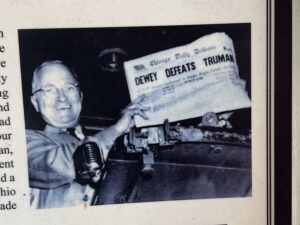
The open-air platform on the rear of the car was used by President Truman during his “whistlestop” campaign speeches. It was also the location of the famous photograph of Truman holding the newspaper with the incorrect headline, “Dewey Defeats Truman”. President Eisenhower used it a few times. Mainly to travel to his farm in Gettysburg, Pennsylvania. The last official use was in 1954 when Mamie Eisenhower used it to travel to Connecticut to christen the first nuclear-powered submarine, the USS Nautilus.
Deemed surplus in 1958, the car was offered to the Smithsonian. When the Smithsonian didn’t act on it, the Gold Coast Railroad Museum was able to acquire it. It was briefly brought back into service during President Reagan’s reelection campaign in 1984, where he made several “whistlestop” speeches during a one-day tour in Ohio. But this necessitated transporting it from Florida to Ohio, reassembling it, and recommissioning it. This was the last time it was used.
Other Railcars of the Gold Coast Railroad Museum
The US Army Hospital Car served as a moving hospital during World War II. It could carry one doctor, two nurses, four service personnel, and thirty-three patients. It was primarily used to transport military patients between medical facilities.
A California Zephyr Vista-Dome car, the Silver Cresent. This rear-lounge observation car was a perfect location for taking in the views during the 2.5 day, 2,525-mile trip from Chicago, Illinois to Oakland, California.
Florida East Coast Railway Passenger Coach #136. This open-air coach was primarily used during the winter months in Florida and played a role in evacuating the Florida Keys before the Labor Day Hurricane of 1935.
Florida East Coast Railway Steam Locomotives #153 and #113. #153 even pulled a train that brought President Calvin Coolidge to Miami in 1928.
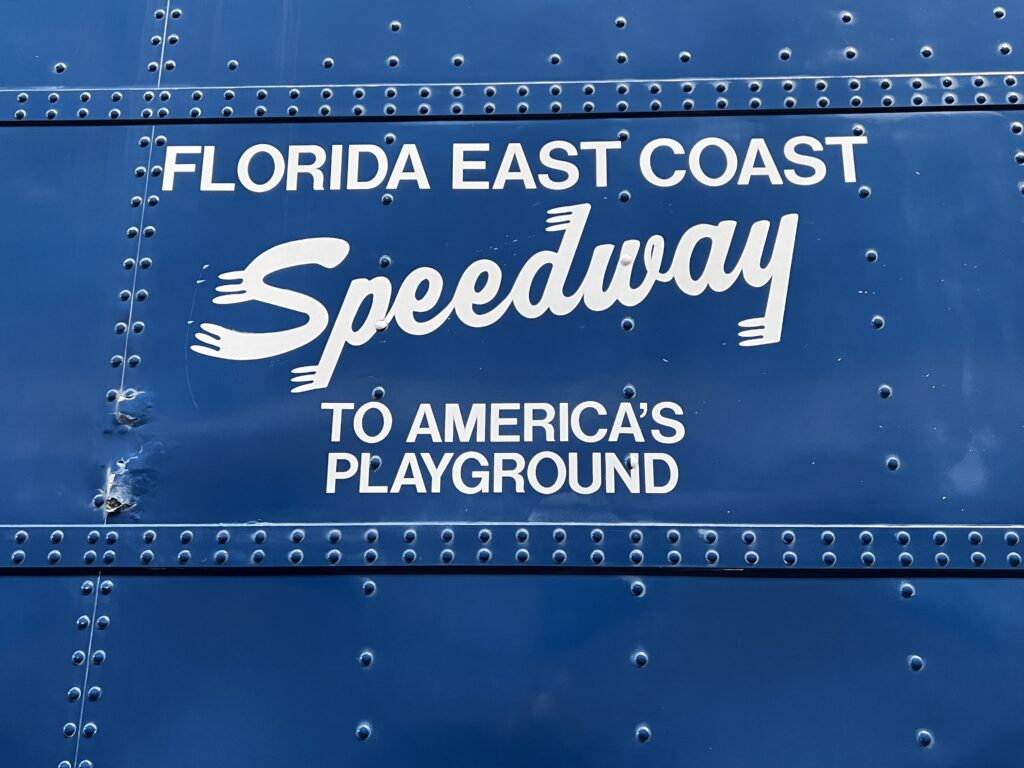
The History of Railroading on the Gold Coast
The first railroad in Florida was built in 1832. It was a short line that ran from St. Augustine to Palatka. The railroad quickly expanded, and by the late 1800s, there were several railroads operating in Florida.
The Gold Coast Railroad was one of the first railroads to operate in the Miami area. It was founded in 1896 and began service in 1897. The railroad ran from Miami to Homestead, and it played an important role in the development of the Miami area.
The Gold Coast Railroad was acquired by the Florida East Coast Railway in 1912. The Florida East Coast Railway continued to operate the Gold Coast Railroad until 1968 when it was abandoned.
Of course, Henry Flagler’s Overseas Railway deserves a deeper dive. The 128-mile railway connected Miami to Key West, Florida. Completed in 1912 it was considered an engineering marvel at the time. The railroad was built over water and land, and it included over 700 bridges and 17 viaducts with work camps on Pigeon Key. The Overseas Railroad played a vital role in the development of the Gold Coast of Florida.
The Gold Coast Railroad Museum Today
Founded in 1974, the Gold Coast Railroad Museum is a popular tourist destination. The museum offers a variety of programs and events for visitors of all ages.
Whether you are a history lover or parent to a railroad-loving child, the Gold Coast Railroad Museum is a great place to learn about the history of railroading in America.
Visiting the Gold Coast Railroad Museum FAQ
The museum is located at 12450 SW 152nd Street, Miami, FL 33177.
The museum is open daily from 10:00 AM to 5:00 PM.
Admission is $12 for adults and $10 for children ages 2-12. Children under 2 are free.
Train rides are included in the admission price.
There is plenty of free parking available.
Please verify all information on the Gold Coast Railroad Museum website for any changes.
Join us at the Gold Coast Railroad Museum


